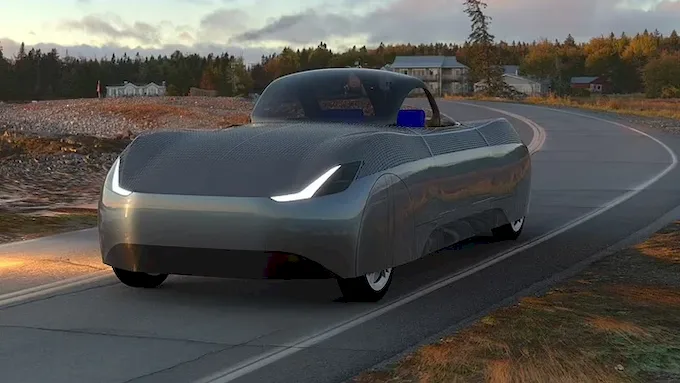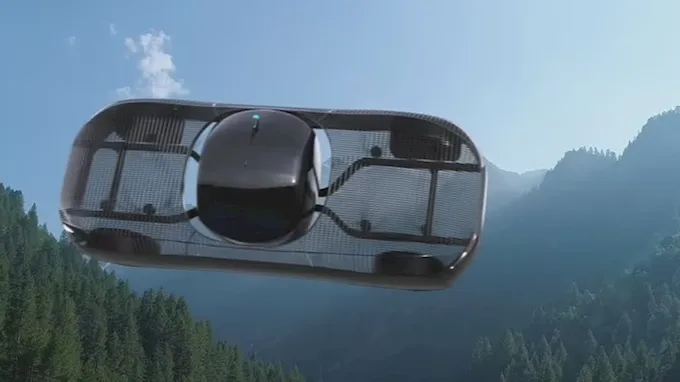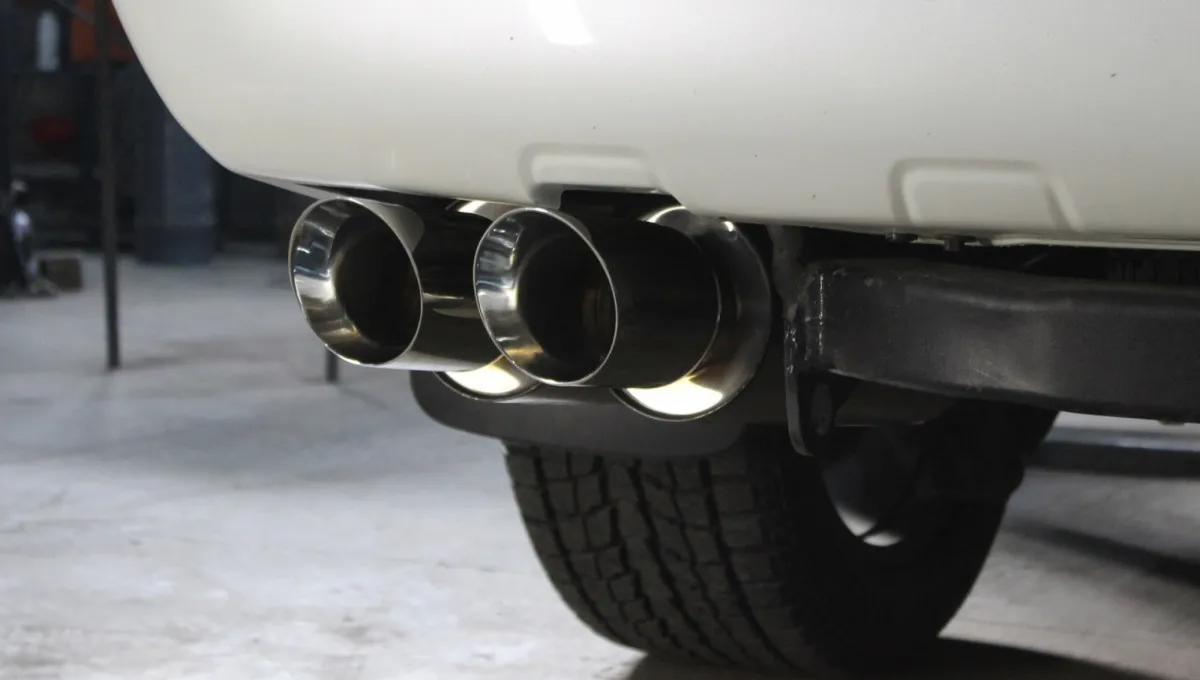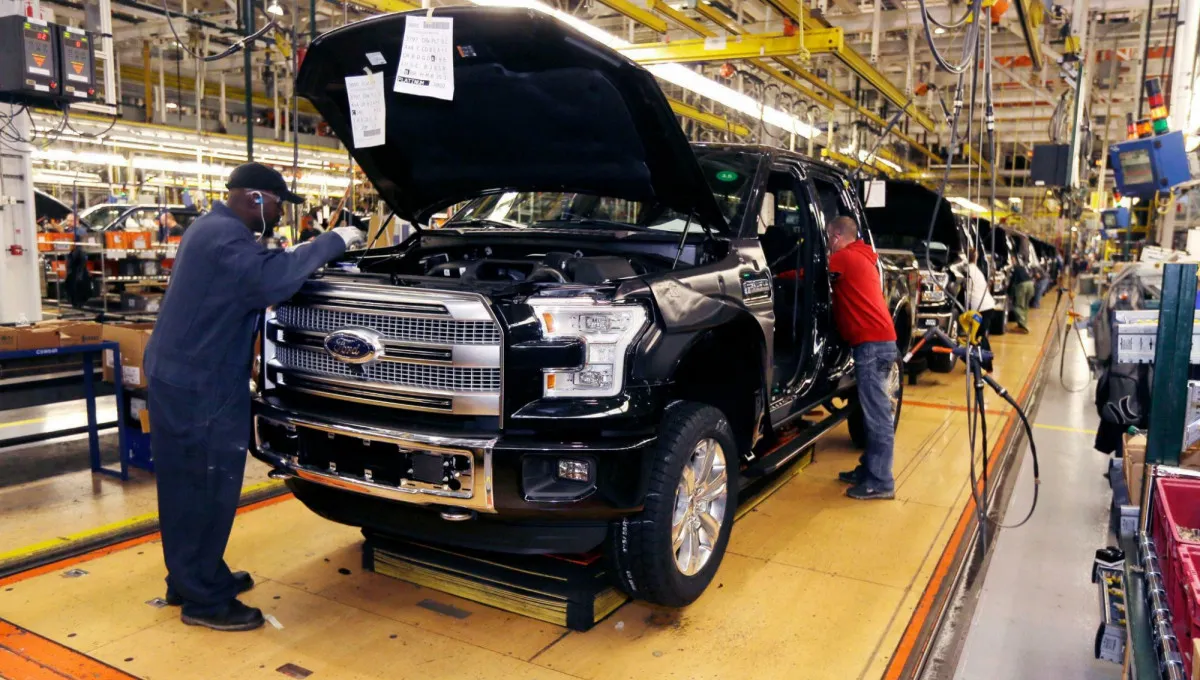Price Tag: $300,000 — Flying Car Undergoing Tests in the U.S.
California-based Alef Aeronautics is running test flights of what it calls the world’s first production-ready flying car at several Silicon Valley airports.

Alef Aeronautics, headquartered in San Mateo, California, has begun testing the world’s first production-model flying car at airports across Silicon Valley. The vehicle, which can take off and land vertically, is being tested at Half Moon Bay and Hollister alongside other types of aircraft.
According to the company, these airports could become the first operational bases for flying cars. Alef plans to start with the Model Zero Ultralight and later move on to a full-scale Model A — its first consumer vehicle.
The company has been developing the car for nearly a decade. It can drive on regular roads, take off vertically, cruise horizontally, and land vertically again. The all-electric vehicle offers a driving range of about 200 miles and a flight range of roughly 105 miles. Developers say a single trip consumes less energy than a Tesla or most other EVs.

Because it’s classified as an “ultralight aircraft,” the Model Zero doesn’t require additional certification. However, this status limits operations to daylight hours and non-urban areas.
Alef’s CEO, Jim Dukhovny, said that working with airports helps the company test its technology in controlled conditions and assess how these new types of vehicles could fit into existing aviation infrastructure. He added that electric aviation is quieter, cleaner, and more cost-efficient than traditional aircraft.

When Alef unveiled the Model A prototype in 2022, it drew significant attention online. The company says it has already received more than 3,300 preorders for the flying car, which is expected to cost around $300,000. Customers can place a $150 refundable deposit or pay $1,500 for priority reservation.
The partnership with the two airports marks a step toward creating infrastructure for flying-car hubs in the region. Alef also aims to showcase not just its blend of automotive and aviation technologies but also advanced AI-driven safety systems similar to those used in autonomous vehicles.
You may also be interested in the news:

Legendary Mazda Sports Coupe Hits Roadblocks During Next-Gen Development
The rumored successor to Mazda’s iconic sports coupe has reportedly been in development for several years, but progress appears to be slower than expected.

U.S. Car Buyers Side With GM as Year-End Numbers Tell the Story
General Motors is on track to expand its share of the U.S. new-car market in 2025.

Study Finds Tailpipe Emissions Are No Longer Cars’ Biggest Pollution Source
Stricter engineering standards have made engines much cleaner, but other factors still have a major environmental impact.

LiDAR Market Darling Luminar Goes Under: Supplier to Mercedes-Benz and Tesla Files for Bankruptcy
The company has sought bankruptcy protection and plans to sell off its assets.

Global Automotive Semiconductor Market Nears $100 Billion by 2029 as Logic Chips Take the Lead
Analysts expect strong growth in the global automotive chip market over the next several years.